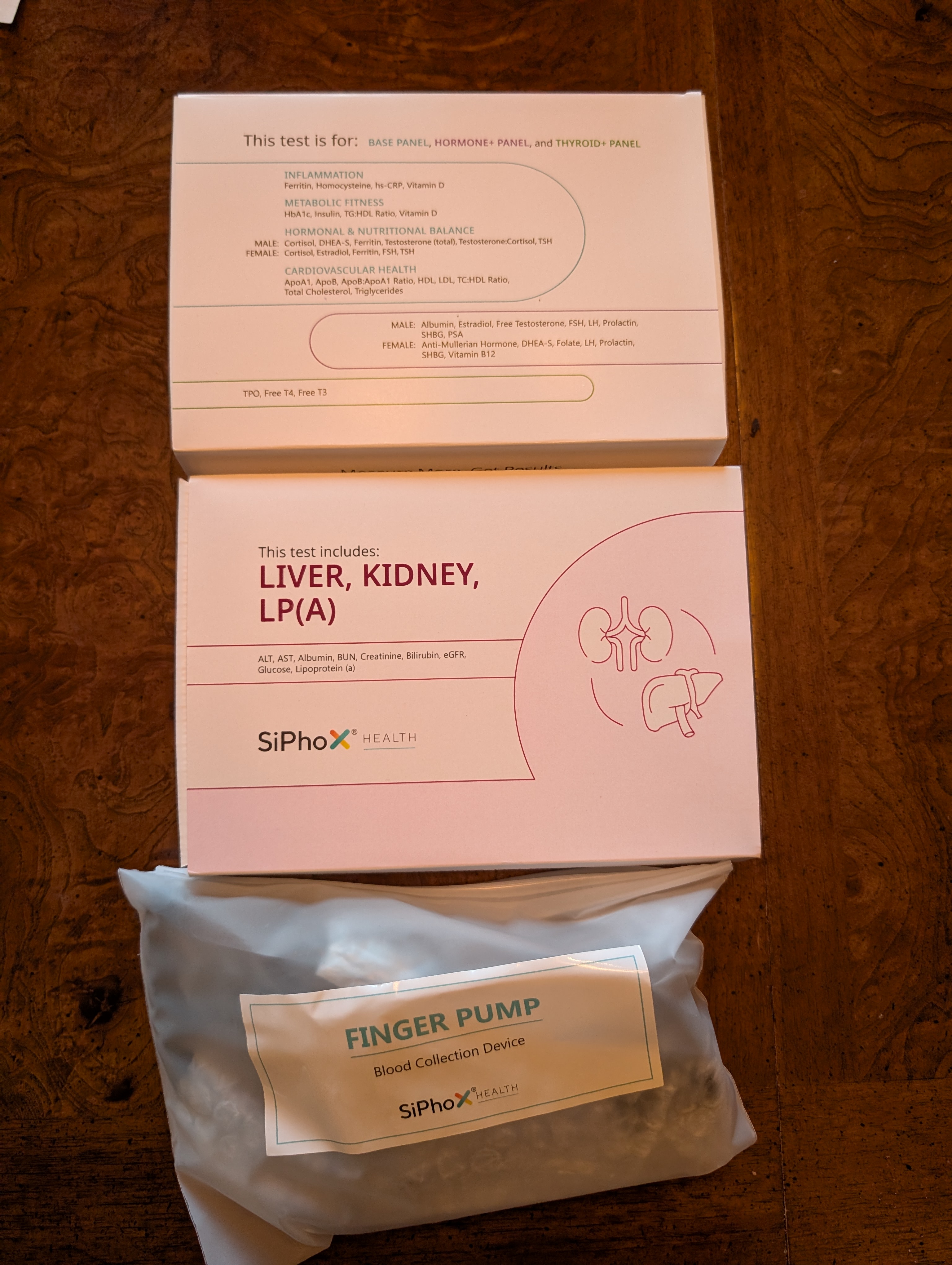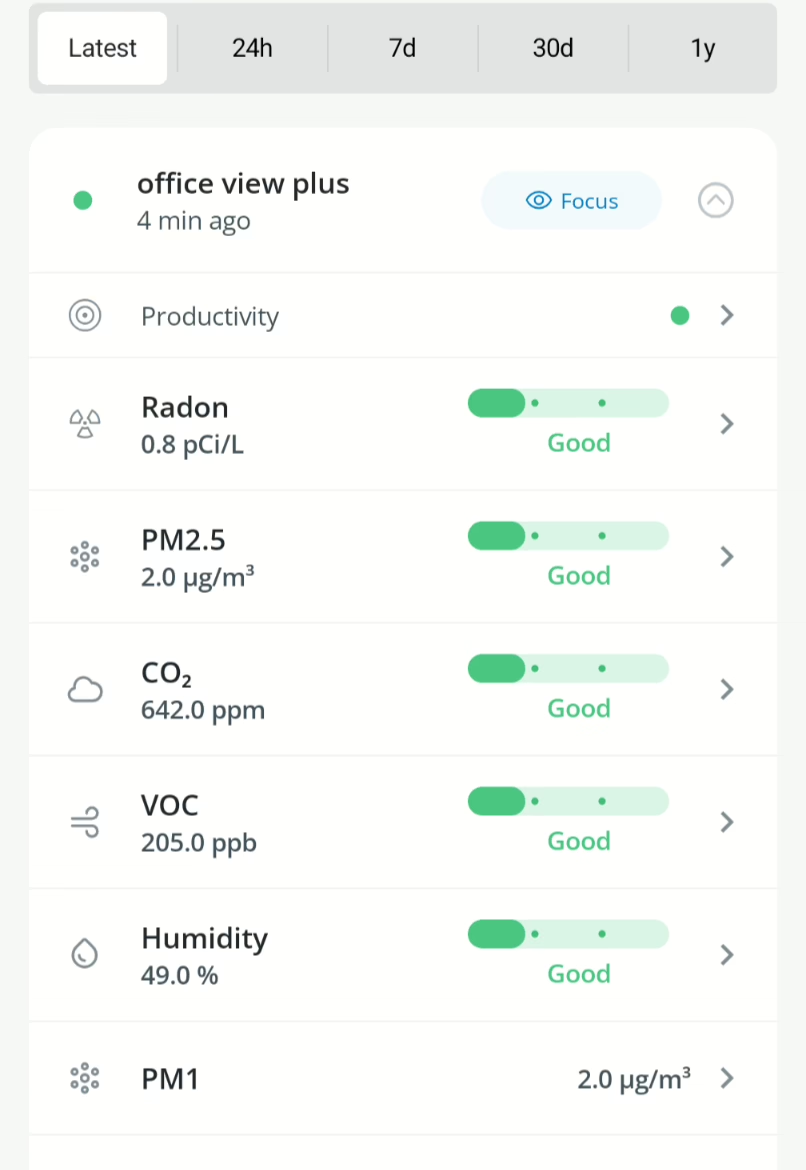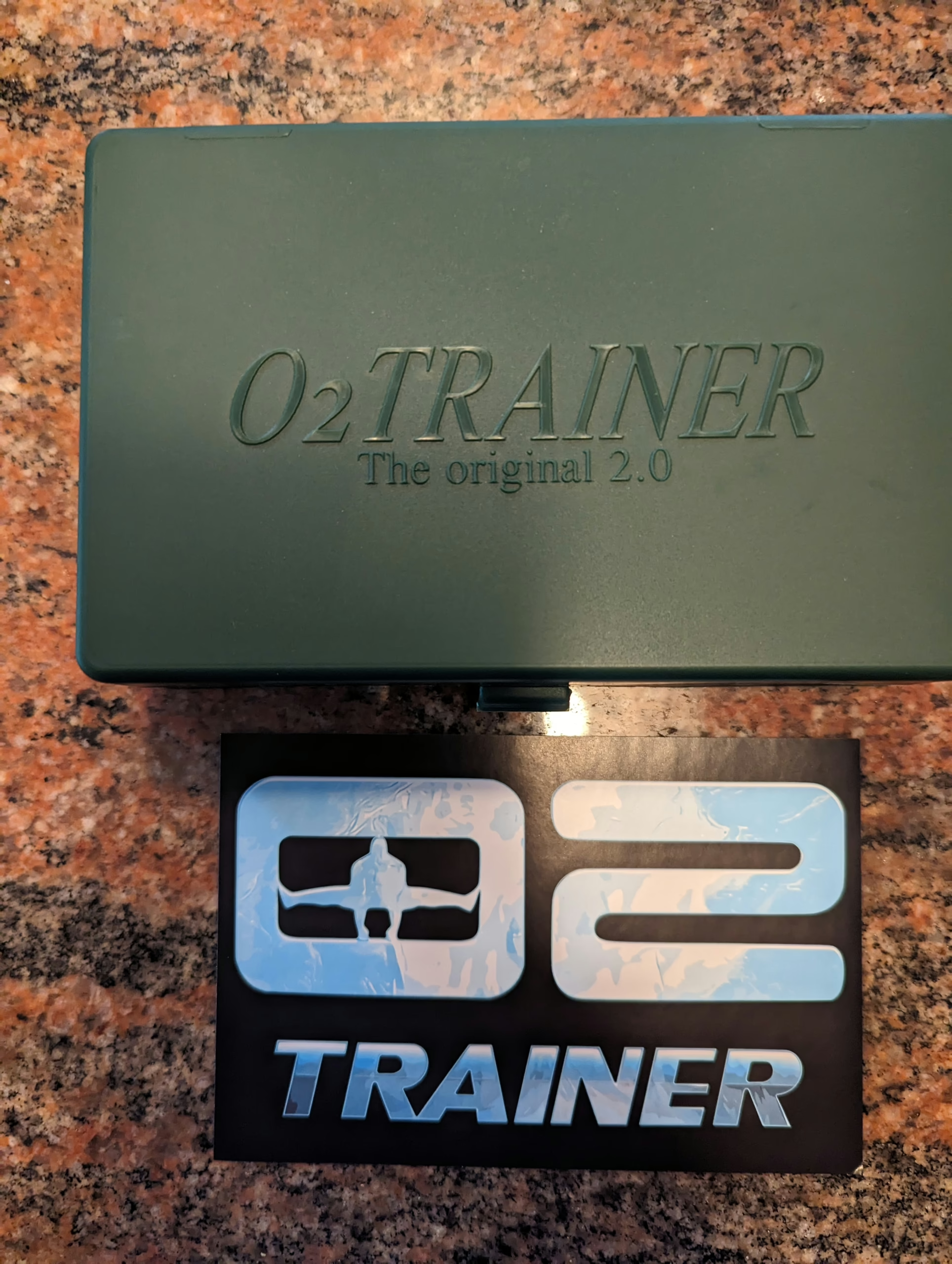If you’ve been following along for a bit, you might remember that January is one of the months that I always do bloodwork to track the impact of the various health related experiments I do over the year. This month, in addition to my normal work done by InsideTracker, I also tested out a new system from Siphox Health. Read on for my Siphox Health Review and to see how it compares to using InsideTracker.
Why Siphox?
So why did I decide to give Siphox a try? If you’ve read my review of InsideTracker, you know that I’ve been mostly satisfied and have been using this product for years. That being said, InsideTracker is fairly expensive. Because of this, I usually only test twice a year. With the frequency of experiments that I do, it would be useful to be able to test far more often. InsideTracker also requires you to go for a full blood draw for each test.
Siphox’s mission statement is what caught my attention sometime last year: By leveraging silicon photonic biosensors, lower the cost of at-home health testing by 100x and provide results instantly. Siphox’s system is unique because in theory, you can do everything from home. Instead of a traditional blood draw, it relies on blood spots from a finger prick. The provided special cards are designed to separate whole blood from serum.
Siphox vs. Insidetracker Comparison
So how does Siphox compare in practice? I broke down my comparison into four sections.
The Platform
At the time of this writing, Siphox is exclusively a web app. InsideTracker has both a web and mobile app, with mostly comparable functionality. Both products provide an ‘action plan’ based on your results, but InsideTracker’s seems far more extensive. One of the great things about InsideTracker’s mobile support is the regularly provided notifications about new things added to your action plan.
Both platforms allow you to hookup wearables to supplement your biomarker information. Siphox supports more wearables and having multiple connected simultaneously. This is one area that always annoyed me about InsideTracker. The wearable I use to track activity is not my preferred wearable for tracking sleep, so being able to support both at the same time would be fantastic. This being said, Siphox seems to only look at the wearable data around when you take the test (and it’s not clear where it’s pulling some of this data from). InsideTracker regularly looks at (and monitors) your wearable data and provides actionable results.
Both platforms present your results initially in categories. The both allow you to search or list individual biomarkers. Siphox lets you set the ‘optimized’ range to biohacker mode which is more stringent than the normal mode.
InsideTracker has an early AskAI feature. I haven’t used this extensively, but it’s something that Siphox does not have yet.
The Procedure
Current Routine
The procedure for obtaining results was what really drew me in to try Siphox. My current InsideTracker routine requires me to wake up, hop in the car and drive in rush hour traffic to my nearest Quest lab location. Then I need to fill up several vials of blood (and this number seems to go up each time InsideTracker adds additional biomarkers that they test).
An Easier Routine
The thought of waking up, walking downstairs and doing a few finger pricks, scheduling a FedEx pickup and then going on with my day is very appealing. The reality though, was that it was definitely not this easy. To test all the biomarkers that I wanted, I had to take several different classes of tests. A test that only required filling up one card with blood was easy enough, but completing multiple on one day did not work out for me. I had to use multiple lancets in almost all of my fingers in order to get close to enough blood.
Worse still was the fact that my blood must coagulate fairly quickly. It was extremely difficult for me to collect enough blood for one or two spots before I would stop bleeding. This meant that it took a very long time to do all of these tests compared to the relatively quick blood draw at Quest. Even more problematic, the design of the Siphox cards penalizes you if you cannot collect the blood spots quickly. As the blood dries on the cards, additional drops cannot make it through and get separated into the whole blood and serum. Because of this problem, the first multi test that I took failed and was unreadable.
The EasyDraw Routine
I explained these issues to Siphox and they sent me another test with an innovative product to combat this. Siphox has an EasyDraw device which you painlessly attach to your upper arm (like a CGM). This creates a vacuum and pumps blood into a vial that you then send back to Siphox bypassing the cards. EasyDraw costs an additional $20 per test and for some reason ends up testing slightly different biomarkers than the card based tests do. EasyDraw seems like a requirement for me to use Siphox. The one drawback of using EasyDraw was that it is difficult to see the fill line on the device when it is attached to your arm.
After my initial experience, I updated all possible tests to be EasyDraw. Unfortunately, one of the tests requires two separate EasyDraws and one of them failed. I tried collecting twice as much blood using a single EasyDraw but this also did not work.
The Results
The package that I tested from Siphox covered 35 biomarkers. InsideTracker covers 47. Many of the main ones that I’m interested in are covered in both but Siphox had one notable missing one… Insulin. Also, for someone who specifically is actively testing blood iron implications, I was surprised to see that the only thing relevant tracked by Siphox is Ferritin. Siphox had 3 biomarkers that I wish InsideTracker did – Free T4, Free T3 and Homocysteine. It also had several biomarkers that better show kidney function that could come in handy.
In terms of how the results compared, I actually received my results in the InsideTracker app far faster than I did in Siphox. This comparison is even more noticeable if you include the raw results from Quest as the results usually don’t show up in InsideTracker for a few days after the results start to trickle in from Quest.
I really intended to do an accurate side by side comparison of all of the biomarkers covered by both platforms. Unfortunately, because of all the issues with taking the tests that ultimately could not be processed by Siphox, only one of the tests were taken at exactly the same time. This successful test included my kidney (which InsideTracker didn’t test) and liver function. Albumin was comparable between both tests, but all other liver enzymes were significantly higher as tested by Siphox. Additionally, Siphox reported my fasting glucose as being 10 mg/dL lower than InsideTracker.
The Cost
In terms of cost, at this point in time, Siphox is definitely not cheaper at the frequency that I do testing. The program that I am on would cost at least $828 a year. It would actually be significantly more than this because of the requirement to upgrade to the EasyDraw option for several of the tests at $20 for each one. InsideTracker currently costs me less than $761 per year. If I tested twice as often, InsideTracker would cost me another $578 for a total cost of $1331 per year. Siphox is slightly more expensive at $1412 per year total (pre EasyDraw upgrade).
Siphox Health Review
At the time of this writing and with InsideTracker’s recent price decreases, Siphox isn’t really compelling from a cost perspective. The issues with the collection procedure makes it more painful for me than InsideTracker. The turnaround time to results is also significantly slower. Being unable to compare more results side by side, I still have open questions about the accuracy of Siphox’s process.
For me, Siphox would probably need to be half of its current cost in order for me to even begin to consider switching from InsideTracker. I will likely give Siphox another try in the future to see if the collection procedures have improved and hope that I can do a more accurate results comparison. If accuracy is comparable between those results and InsideTracker, I will consider using Siphox to supplemently test the biomarkers that InsideTracker doesn’t currently track. Have you used Siphox? What was your experience? Let me know in the comments.




